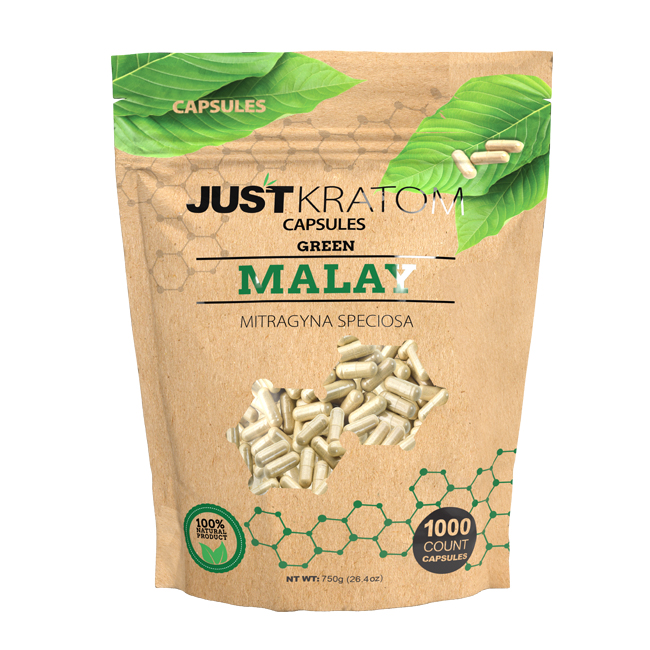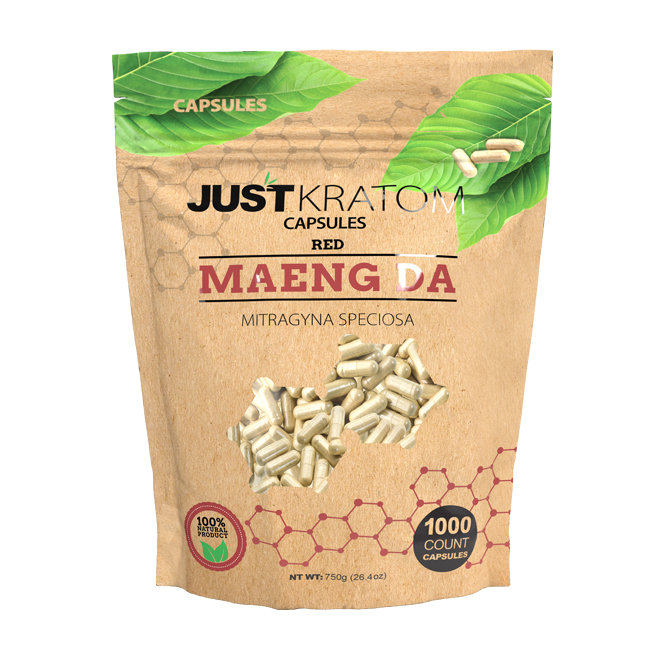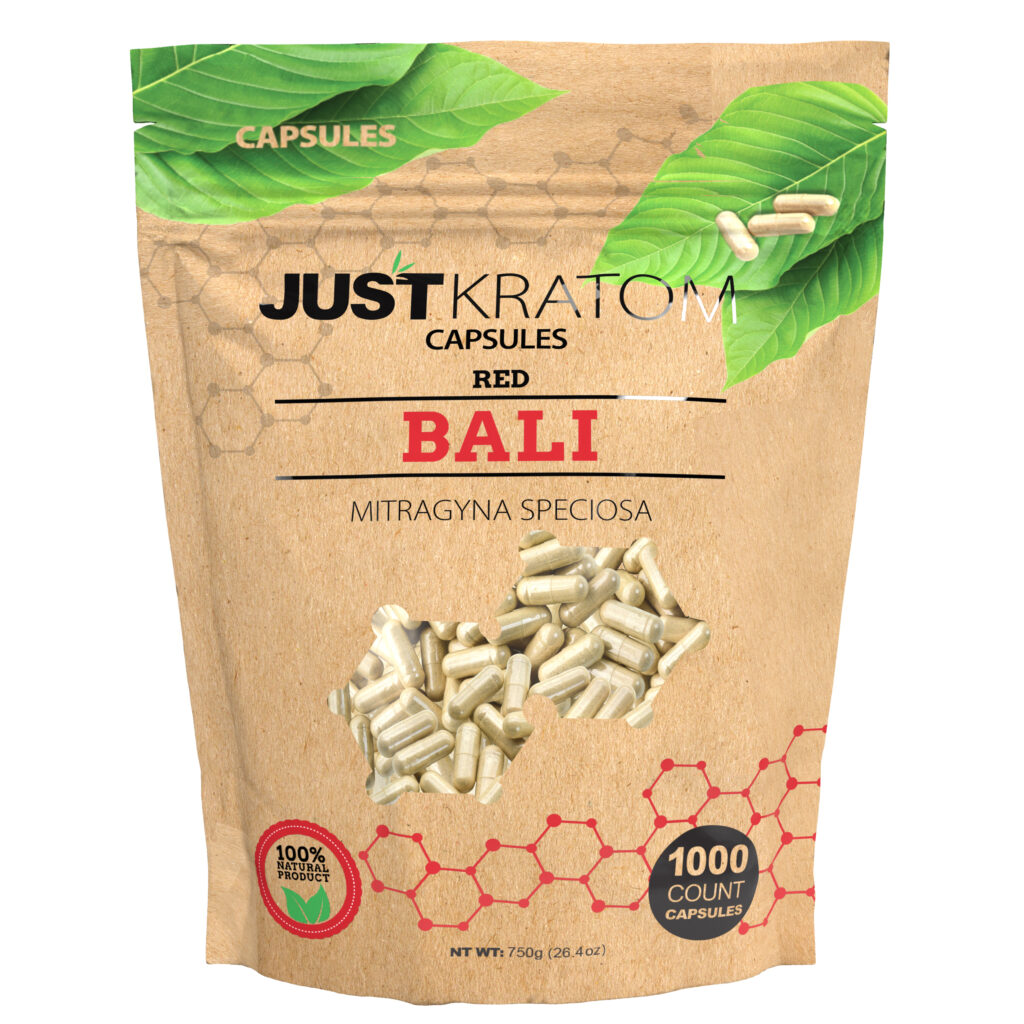
Kratom and Muscle Cramps
Kratom, an evergreen tree native to Southeast Asia, has gained popularity as a natural remedy for various ailments, including muscle cramps. Its leaves contain alkaloids that are believed to interact with opioid receptors in the brain, potentially offering pain relief and relaxation. However, the effectiveness of kratom for treating muscle cramps specifically is a subject of ongoing debate and requires further research.
Potential Mechanism

Kratom’s potential effectiveness for treating muscle cramps likely stems from its interaction with opioid receptors.
- Activation of these receptors can reduce pain perception, which may alleviate the discomfort associated with muscle cramps.
- Kratom may also promote relaxation and reduce anxiety, potentially indirectly easing muscle tension.
- However, it’s important to note that research on kratom’s efficacy for muscle cramps is limited and more studies are needed to confirm its effectiveness and safety.
Preclinical Evidence
Kratom’s potential effectiveness for treating muscle cramps likely stems from its interaction with opioid receptors. Activation of these receptors can reduce pain perception, which may alleviate the discomfort associated with muscle cramps. Kratom may also promote relaxation and reduce anxiety, potentially indirectly easing muscle tension.
While preclinical evidence suggests that kratom alkaloids might have analgesic properties, human studies specifically investigating its efficacy for treating muscle cramps are limited.
More research is needed to understand the optimal dosage, potential side effects, and long-term effects of using kratom for this purpose.
Clinical Studies
Kratom’s potential effectiveness for treating muscle cramps likely stems from its interaction with opioid receptors. Activation of these receptors can reduce pain perception, which may alleviate the discomfort associated with muscle cramps. Kratom may also promote relaxation and reduce anxiety, potentially indirectly easing muscle tension.
While preclinical evidence suggests that kratom alkaloids might have analgesic properties, human studies specifically investigating its efficacy for treating muscle cramps are limited.
More research is needed to understand the optimal dosage, potential side effects, and long-term effects of using kratom for this purpose.
Dosage and Administration
Dosage and administration of kratom vary depending on individual needs and desired effects. Typically, kratom is consumed orally in various forms, including capsules, powder, or tea. The appropriate dosage for muscle cramps is not yet clearly established due to limited research. It’s crucial to start with a low dose and gradually increase it under the guidance of a healthcare professional.
Recommended Dosage

Dosage and administration of kratom vary depending on individual needs and desired effects. Typically, kratom is consumed orally in various forms, including capsules, powder, or tea. The appropriate dosage for muscle cramps is not yet clearly established due to limited research. It’s crucial to start with a low dose and gradually increase it under the guidance of a healthcare professional.
Forms of Kratom
Dosage and administration of kratom vary depending on individual needs and desired effects. Typically, kratom is consumed orally in various forms, including capsules, powder, or tea.
The appropriate dosage for muscle cramps is not yet clearly established due to limited research.
It’s crucial to start with a low dose and gradually increase it under the guidance of a healthcare professional.
Safety and Side Effects
Before using kratom for any purpose, it’s important to understand potential safety concerns and side effects. Kratom can interact with certain medications and may have adverse effects on individuals with pre-existing medical conditions. While some users report positive experiences, others experience negative reactions such as nausea, dizziness, and constipation. It’s crucial to consult with a healthcare professional before using kratom, especially if you have any underlying health issues or are taking other medications.
Potential Risks
Kratom is an herb with potential benefits and risks associated with its use.
- Potential side effects of kratom can include nausea, dizziness, constipation, itching, and sweating.
- Kratom can interact with certain medications, such as antidepressants, pain relievers, and blood thinners.
- There are concerns about the long-term effects of kratom use, as research is limited.
- Individuals with pre-existing medical conditions, particularly liver or kidney problems, should avoid using kratom.
It’s essential to consult a healthcare professional before using kratom to ensure its safety and suitability for your individual circumstances.
Drug Interactions
Before using kratom for any purpose, it’s important to understand potential safety concerns and side effects. Kratom can interact with certain medications and may have adverse effects on individuals with pre-existing medical conditions. While some users report positive experiences, others experience negative reactions such as nausea, dizziness, and constipation. It’s crucial to consult with a healthcare professional before using kratom, especially if you have any underlying health issues or are taking other medications.
Kratom is an herb with potential benefits and risks associated with its use.
- Potential side effects of kratom can include nausea, dizziness, constipation, itching, and sweating.
- Kratom can interact with certain medications, such as antidepressants, pain relievers, and blood thinners.
- There are concerns about the long-term effects of kratom use, as research is limited.
- Individuals with pre-existing medical conditions, particularly liver or kidney problems, should avoid using kratom.
It’s essential to consult a healthcare professional before using kratom to ensure its safety and suitability for your individual circumstances.
Contraindications

Kratom can interact with certain medications and may have adverse effects on individuals with pre-existing medical conditions. It’s crucial to consult with a healthcare professional before using kratom, especially if you have any underlying health issues or are taking other medications.
Kratom is an herb with potential benefits and risks associated with its use.
- Potential side effects of kratom can include nausea, dizziness, constipation, itching, and sweating.
- Kratom can interact with certain medications, such as antidepressants, pain relievers, and blood thinners.
- There are concerns about the long-term effects of kratom use, as research is limited.
- Individuals with pre-existing medical conditions, particularly liver or kidney problems, should avoid using kratom.
It’s essential to consult a healthcare professional before using kratom to ensure its safety and suitability for your individual circumstances.
Legal Status
Kratom is a tropical tree native to Southeast Asia that has gained popularity as a natural remedy for various health concerns, including muscle cramps. Its leaves contain alkaloids believed to interact with opioid receptors in the brain, potentially offering pain relief and relaxation. However, the scientific evidence supporting kratom’s effectiveness for treating muscle cramps specifically is still limited.
Regulation by Country
Kratom’s legal status varies significantly from country to country.
In some countries, such as Thailand, Malaysia, and Indonesia, kratom is illegal.
Other countries, like the United States, have a complex regulatory landscape surrounding kratom.
At the federal level in the US, kratom is not explicitly banned, but it is under scrutiny from regulatory agencies such as the Food and Drug Administration (FDA).
Several states have enacted their own laws regarding kratom, with some prohibiting its sale or possession while others allow it with certain restrictions.
In Europe, kratom’s legal status is generally more restrictive than in the US. Many European countries classify kratom as a narcotic and prohibit its use and sale.
Australia has banned kratom entirely.
It’s important to research the specific laws and regulations regarding kratom in your country or region before considering its use.
Alternatives to Kratom for Muscle Cramps
There are several alternatives to kratom for managing muscle cramps, including:
- Over-the-counter pain relievers: Medications like ibuprofen (Advil, Motrin) or naproxen (Aleve) can help reduce pain and inflammation associated with muscle cramps.
- Electrolyte replenishment: Muscle cramps can sometimes be caused by electrolyte imbalances, particularly a lack of magnesium, potassium, or calcium. Consuming electrolyte-rich fluids like sports drinks or electrolyte tablets can help alleviate cramps.
- Stretching and exercise: Regular stretching and light exercise can improve blood flow to muscles and reduce the likelihood of cramps. It’s also important to avoid strenuous activity that might strain muscles.
- Heat therapy: Applying a heating pad or taking a warm bath can relax muscles and help reduce cramping.
- Massage therapy: Massaging cramped muscles can improve blood circulation and alleviate pain.
- Medical consultation: If muscle cramps are frequent, severe, or accompanied by other symptoms, it’s essential to consult a healthcare professional to rule out any underlying medical conditions.
Buy Kratom capsules for mental sharpness
- Who Is August Anna Brooks? Life Story Of Garth Brook’s Daughter - May 28, 2025
- Aesthetic Cosmetic Injectable Treatments Near Whyteleafe, Surrey - April 30, 2025
- Aesthetic Cosmetic Injectable Treatments Near Whyteleafe, Surrey - April 30, 2025
